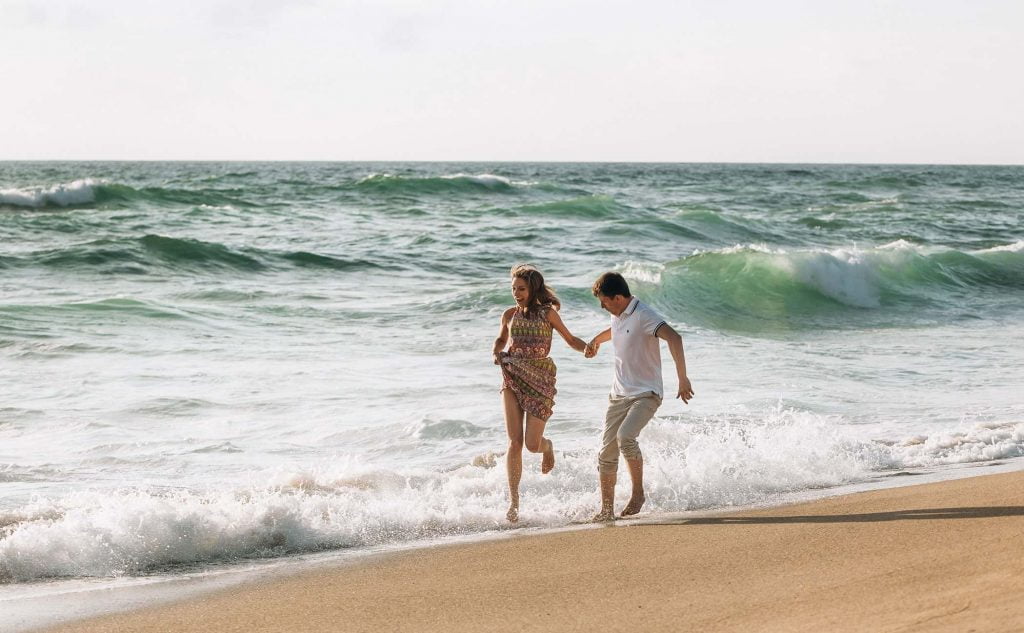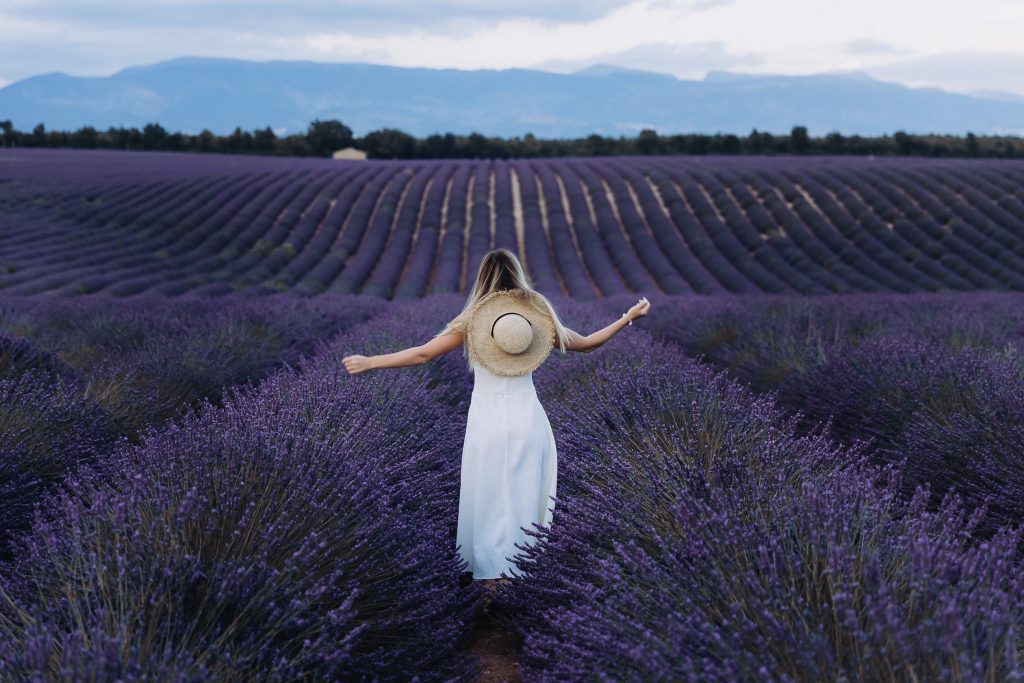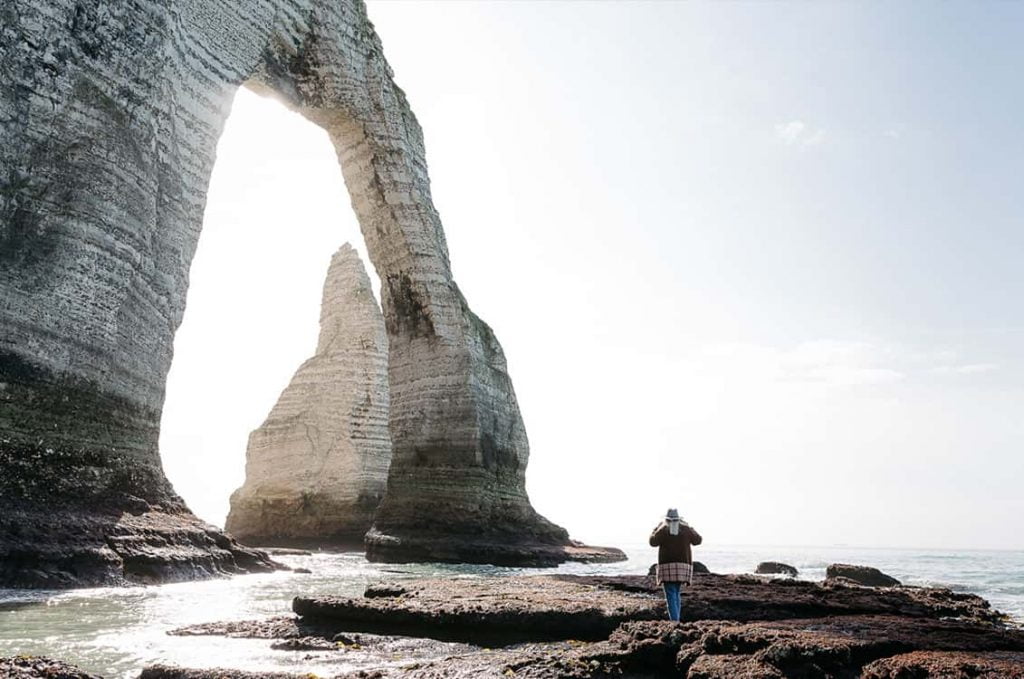Munich – “The most expensive and successful village in Germany”
Munich is the heart of Bavaria. This is a respectable, pedantic, prudent town of Germany. He does not blind with glossy pathos but keeps himself modestly and with dignity, amazes with the provincialism touching, albeit uncharacteristic for a city with a population of one and a half million, because of which it is called “the most expensive and successful village in Germany.” For the majority of travelers who have arrived for the first time in Munich, their knowledge of it is exhausted with cliched stamps such as “the birthplace of BMW and thick burghers in the lederhosen.” In fact, the “heart of a free state” is something immeasurably more than just a place where they brew the best beer and design representative cars.

In Munich, it is impossible to be disappointed, although the Bavarian capital puts it in a state of mild shock due to its high cost. It is not customary to deprive oneself of simple pleasures – the number of restaurants serving national cuisine in the city is over the top. However, this does not prevent Munich from satisfying the aesthetic hunger of the guests. As an example: to bypass only the museums and architectural monuments of Maxforstadt (one of the districts), you have to spend a week, and it’s only if you look at the expositions and attractions on the run.

Munich Attractions
The course on the sights of Munich is taken, as a rule, on Marienplatz – the main city square. Here are the Old and New Town Halls, where you can watch a puppet show, which is played three times a day on the facade of the New Town Hall. The performance begins under the battle of the wall clock and copies the wedding ceremony of Elector Wilhelm V. Still nearby you can see the Mariinsky Column, erected in gratitude for ridding the city of the plague epidemic. Next to the Marienplatz are the Viktualienmarkt market, which moved here in 1807, and the highest church in Munich – Frauenkirche. It is necessary to visit inside to see the “devil’s footprint” personally – a shoe print, inexplicably, appearing on the marble slab of the cathedral.
Rod Wittelsbach left Munich a decent collection of architectural masterpieces, which could have been even larger if not for the bombing of World War II. In the city center is the Munich residence – the ancestral nest of several generations of Bavarian kings, today has turned into a giant museum of luxury. By the way, it is here that all-German relics are kept, such as the crown of Empress Kunigunda, the life-giving cross of St. Henry and the prayer book of Charles II.
The local temple architecture is also impressive – Munich builders and architects were creative everywhere they could, including during the construction of churches. The oldest church in the city is Peterskirche, the church of Azamkirche, the church of St. Michael, the spectacular churches of the Theaterkirche, Frauenkirche.

If it seemed to you that the capital of Bavaria is exclusively museums, royal residences, and old churches, then this is not so. For example, sports fans can go see the Alliance Arena – a giant snow-white stadium in the form of a tire. How do you like the idea: to climb inside the statue of Bavaria and through the viewing zones in its eye sockets to appreciate the panorama that opens? With children in Munich, it is worth visiting the Hellabrunn Zoo – an amazing place where animals do not “exist” but really enjoy life. It is very informative to go to the BMW Museum too. Also, I want to note the most iconic place – the Hofbräuhaus beer house, operating since 1607, whose benches perfectly remember the walkers of Mozart, Lenin, and Hitler. In this largest world beer temple, 4,000 people are simultaneously accommodated and more than 50 liters of beer are drunk per minute.
Not everyone knows, but in Munich, you can play around at the Frülingsfest – the general “rehearsal” of the autumn beer festival. The holiday starts at the end of April and grabs the first week of May. Frylingsfest is good in that it offers everything the same as Oktoberfest, but in a more restrained version, without going into a complete gap. In addition, this event is “for their own”, so there are few tourists for a walk, respectively, and there are no problems with hotel reservations.

Oktoberfest – the biggest event in Munich
Once a year, in October, Munich becomes the epicenter of revelry and drunkenness on a global scale! An annual beer party called Oktoberfest is held! Drinking megatons of beer, eating kilotons of sausages and all that Bavaria is famous for. People come here to come off to the fullest and set off in all serious ways. Oktoberfest is a unique beer festival, accompanied by fun festivities and fancy-dress processions, which has been held annually in Munich for more than 200 years. Over a period of 14–16 days, about seven million guests manage to visit the holiday, which is many times higher than the number of residents of the Bavarian capital. It is held in the same place, on the Teresa meadow, in the center of Munich.
The history of the foundation of the festival is interesting
The first, modest in scale event was initiated by an officer of the Bavarian National Guard in October 1810. The idea arose in preparation for the celebration of the wedding of the Bavarian heir to the crown of Ludwig I and Theresa, nee Princess Saxe-Hildburghausen. The proposal to organize horse racing in the meadow, which was close to the outskirts of Munich, was sent to the newlywed’s father, King of Bavaria, Maximilian I. A positive response was received immediately. However, the tradition of mass drinking beer at the end of September did not appear immediately: at first, the festivities were limited to horse racing, an amusement park, and food fair. And only in 1896 did the first beer pavilion open on the Teresa meadow. Over time, this event will become a favorite tradition of citizens.
Few people know that Albert Einstein also visited Oktoberfest. In 1896, when the festival was electrified, the father of the future great scientist owned a small company selling electrical equipment and carried out all the necessary work on the territory. And the 17-year-old Albert at that time conscientiously screwed bulbs in the Schottenhammel beer pavilion.

On the opening day of Oktoberfest, the traditional procession of the festival participants begins at 10:50. Dressed in traditional Bavarian outfits, the owners of the tents sit on colorful carts loaded with barrels of beer and follow the streets of Munich in the direction of Theresienwiese. The procession is accompanied by orchestras of beer tents. Schottenhamel and Schützenfestzelt tents are considered old residents on Theresienwiese. They appeared in 1867 as small beer shops with dozens of places. The festival kicks off at the Schottenhamel tent. Here, at noon, the mayor of Munich knocks a cork from the first barrel, exclaims “O’Zapft is!”, Which is perceived as “Open!”, And solemnly, with special honor, empties a glass of beer. From this moment, the festival is considered open, and beer begins to be bottled in all tents and in open areas.
Traditionally, Munich brewers become participants in the festival. Each tent sells certain brands of beer, specially brewed for festivities. The common name for a foamy drink is Oktoberfestbier. Festival beer is brewed according to a special recipe: it is aged a little longer, and its strength is slightly higher – from 5.8% to 6.3%. They drink it in tents, raising the mugs up with the cry of “Prost!”, That is, “Let’s be!”, “To your health”. At the festival, the products of six breweries are presented: Augustiner, Hacker Pschorr, Hofbräu, Löwenbräu, Paulaner, Spaten Franziskaner.
Theresienwiese has 14 large tents and 21 small pavilions. Each of them offers to taste festival beers and traditional Bavarian dishes of veal, poultry, and fish. In one of the largest pavilions, about eleven thousand people can dough!

Oktoberfest is listed in the Guinness Book of Records as the largest festival in the world. For example, 12 thousand people were involved in its conduct, of which only waiters – more than 1.5 thousand. 30% of the beer produced by local breweries per year is drunk during the 16 days of the October festivities. Every year, guests at the festival eat almost a million festival pretzels, 165 huge bulls, 80 thousand pork shanks, 1.5 million fried chicken, 150 thousand double sausages.
All festival days of drinking beer are accompanied by a rich show program. Fancy-dress parades, processions of shooters, horse races, concerts replace each other. Near the pubs, one can often see dancers in traditional Bavarian costumes with leather pants, beating the Schuplatt tap dance with heavy Alpine boots. City breweries and beer museums are also waiting for you with their excursions. Many competitions and games are held here, attractions (the Ferris Wheel and the Roller Coaster are required), labyrinths, mirror rooms, shopping stalls with street food and souvenirs.
For beer lovers, Oktoberfest is a must-see! The satisfaction of both taste and emotional needs is guaranteed to you!

Let’s chat more about your wedding or pre-wedding photosession.


